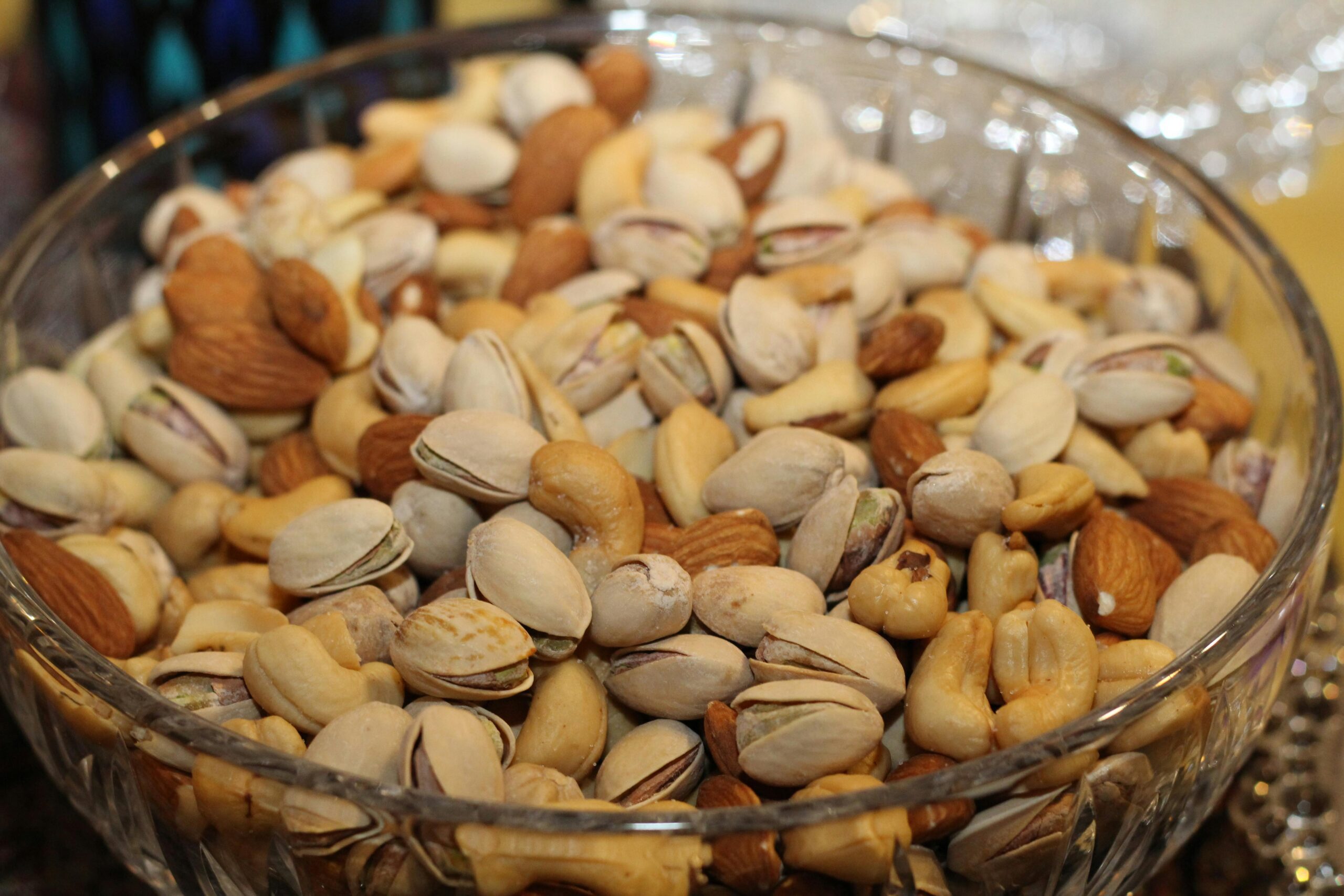FOOD AND DRINK CHOICES OF THE MILLENNIALS.
First Millennial: “Are you trying to diet?”
Second Millennial: “No, I’m dying to try it!”
We are Millennials.
The adults currently aged between 18 to 34, forming a very influential group of the population — the Millennials. Successors to Baby Boomers, part of Generations X and Y, and predecessors to Generation Z.
Millennials are significantly more likely than adults aged 35+ to like standing out in a crowd, enjoy making fashion statements, and expect their car to express their personality. This pronounced proclivity for bold and confident individualism extends noticeably to Millennial’s food choices.
They are a demanding generation; these young adults are setting the trend by focusing on food choices, of which the top five are:
- Customization.
- Mash-ups.
- Munchies.
- Bowls.
- Shrubs and Digestives.
Indian millennials mirror the global trend. How else could it be when they are highly educated, work for MNCs, travel often in India and abroad, and have many opportunities to work and socialize with people from all over the world?
MILLENNIAL MENUS:
Millennials are quite clear in what they want, how they want it, and when they want it! They eat out frequently, order food delivered to their home or workplace, and also like to prepare their own meals at times.
While dining out, they tend to be conscious about:
- Ordering low-calorie, low-fat items.
- Opting for juices and mocktails.
- Indulging in desserts only occasionally.
When shopping for groceries and farm produce, they prefer:
- Multi-grain or whole-grain bread, rolls, and flour.
- Greens (broccoli, lettuce, spinach, and other vegetable (carrots, beetroot) for salads and side dishes.
- Fresh fruits with low sugar content (kiwi, apple, avocado, papaya).
- Chicken and fish.
They avoid white bread, potatoes, and red meats. Fried food, though tempting, is considered unhealthy. Millennials believe that any oil is “bad” and best avoided entirely. Now, with air fryers available, which do not use oil at all, they have healthier alternatives.
Other equally tasty and healthier options include baked, boiled, or grilled food. Raw is best: no cooking means intact nutrients and natural food from root to stem. They emphasize fresh fruits and salads, though occasionally, they may opt for a shortcut and make do with a packet of noodles!
WE HAVE BEEN TAUGHT:
White is good, and black is bad — but it is not always true!
- White light contains all colors (to form the spectrum).
- Black signifies the absence of t he color and energy (eg – black holes).
- In chess, the player with white pieces moves first but doesn’t always win.
In food and drink, generally:
- White is not good — milk, sugar, salt, white bread.
CHOOSING HEALTHY DRINKS:
Clean, hygienically processed or packed water is the primary fluid in Millennial’s diet. Water is a “health drink” to be taken:
- Before, during, and after exercise.
- With and after meals.
Who could have predicated, say fifty years ago, that water purifies would be installed in homes and offices, and drinking water would be sold in bottles for Rs 20 or more per liter?
Popular national bottled water brands:
- Aquafina
- Bisleri
- Kinley
There are also local brands, such as “Amma” water in Tamil Nadu. The Indian Railways has its own brand, “Rail Neer.”
ALCOHOLIC PREFERENCES:
Liquor and liqueurs have taken a backseat, while red, white and rose wines are now preferred.
White wines: Sauvignon Blanc, Pinot Grigio, Muscadet, Chardonnay.
Red wines: Cabernet (Franc or Sauvignon), Gamay, Malbec, Merlot.
Rose wines: Sangiovese, Syrah, Mourvedre, Craignan, Cinsault, Pinot Noir.
India also produces wine, with prominent vineyards and winemakers including:
- Chateau Indage.
- Grover Vineyards.
- Sula Vineyards.
- ND Wines.
- Vintage Wines.
CONCLUSION:
Millennials are foodies but discerning in their choices. Being regular viewers of Master Chef and other food channels, they prioritize taste without compromising their health.





